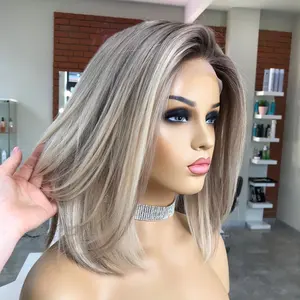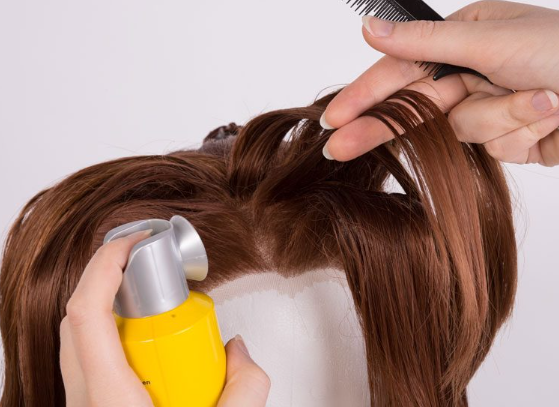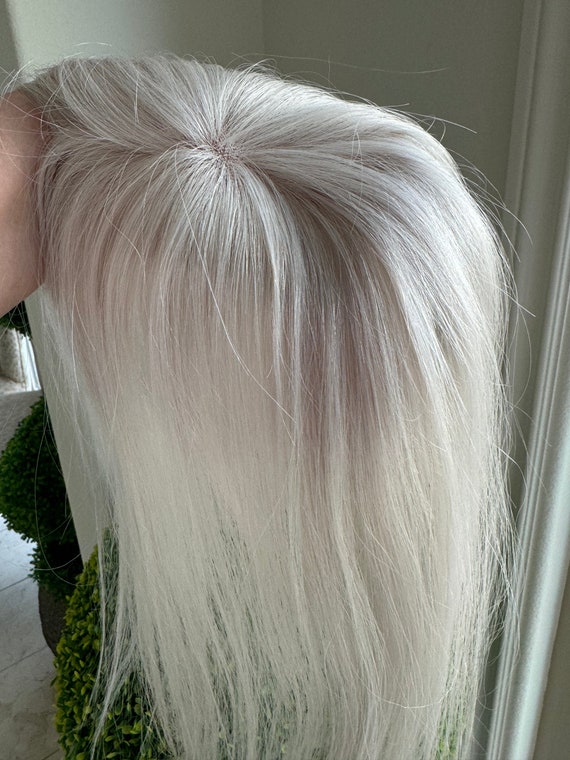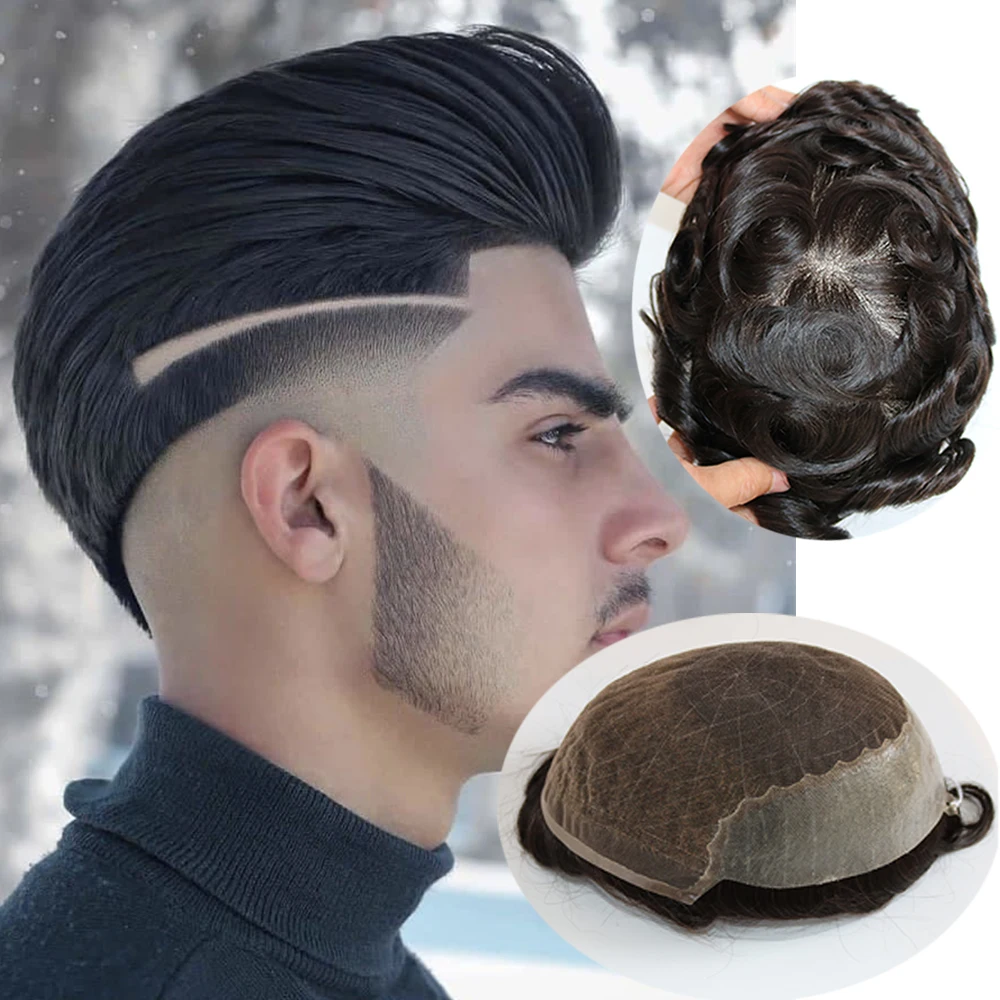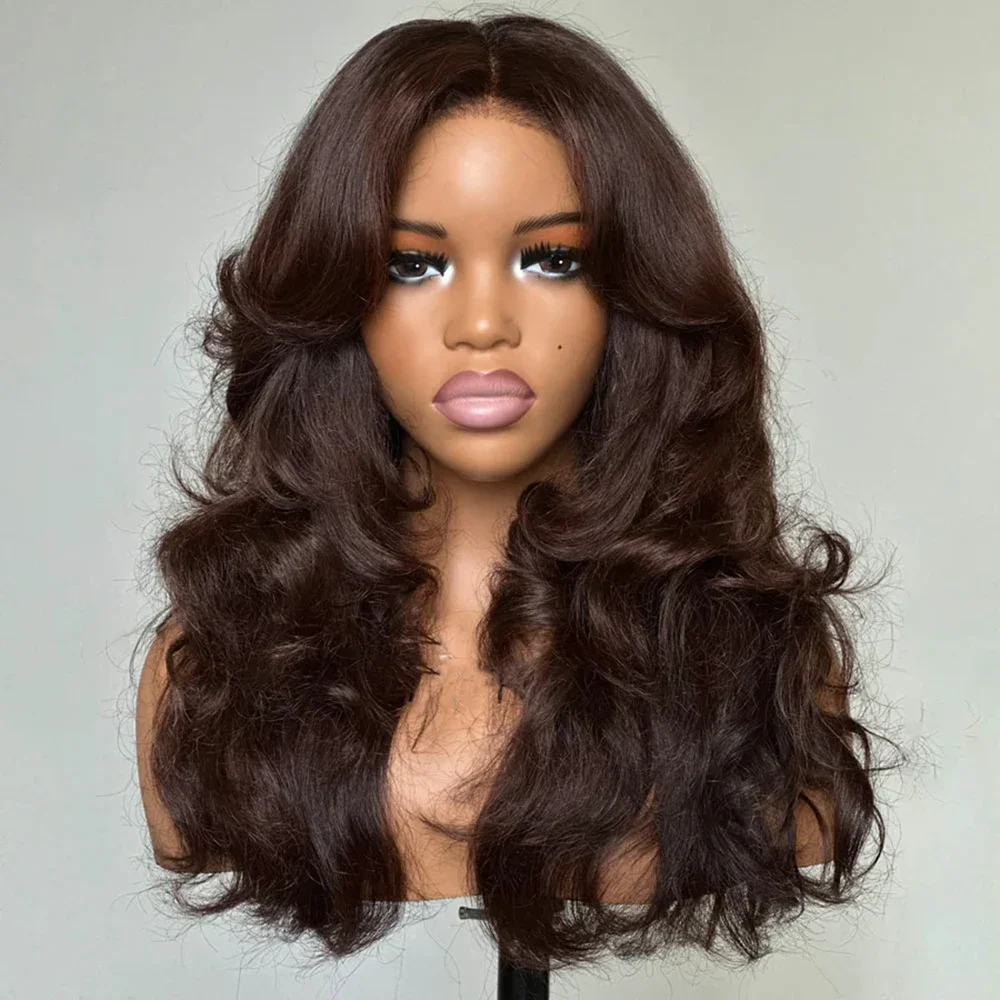Creativity and Attention to Detail
Design and Customization: Wig-making involves intricate processes such as ventilating individual strands or sewing wefts onto caps. This requires creative flair to design natural-looking styles and attention to detail to ensure every strand is placed correctly.
Color and Texture: Choosing hair colors, textures, and styles allows wig makers to explore creative combinations that enhance natural beauty or create bold statements.
Patience and Meticulousness
Precision in Craftsmanship: Wig-making demands patience to handle delicate materials like lace and human hair. Meticulousness is required to ensure each strand is ventilated or sewn with precision, achieving a flawless finish.
Quality Assurance: Checking and rechecking patterns, measurements, and fittings ensure the wig fits comfortably and looks natural.
Self-Expression and Confidence
Custom Designs: Creating custom wigs allows wig makers to express their artistic vision. Each wig becomes a unique piece that reflects personal style and creativity.
Empowerment: Wearing a well-made wig can boost confidence by enhancing appearance and allowing individuals to project their desired image.
Personal Identity
Identity Exploration: Wearing wigs provides the opportunity to experiment with different looks and styles, aiding in exploring and defining personal identity.
Cultural Expression: Wigs can reflect cultural influences and traditions, contributing to a deeper sense of heritage and identity.
Conclusion
Wig-making is more than just a craft; it�s a process that nurtures creativity, patience, and meticulousness while offering opportunities for self-expression and identity development. By mastering techniques and embracing the artistry of wig-making, individuals can enhance their skills, boost confidence, and create pieces that resonate with personal and cultural significance.

